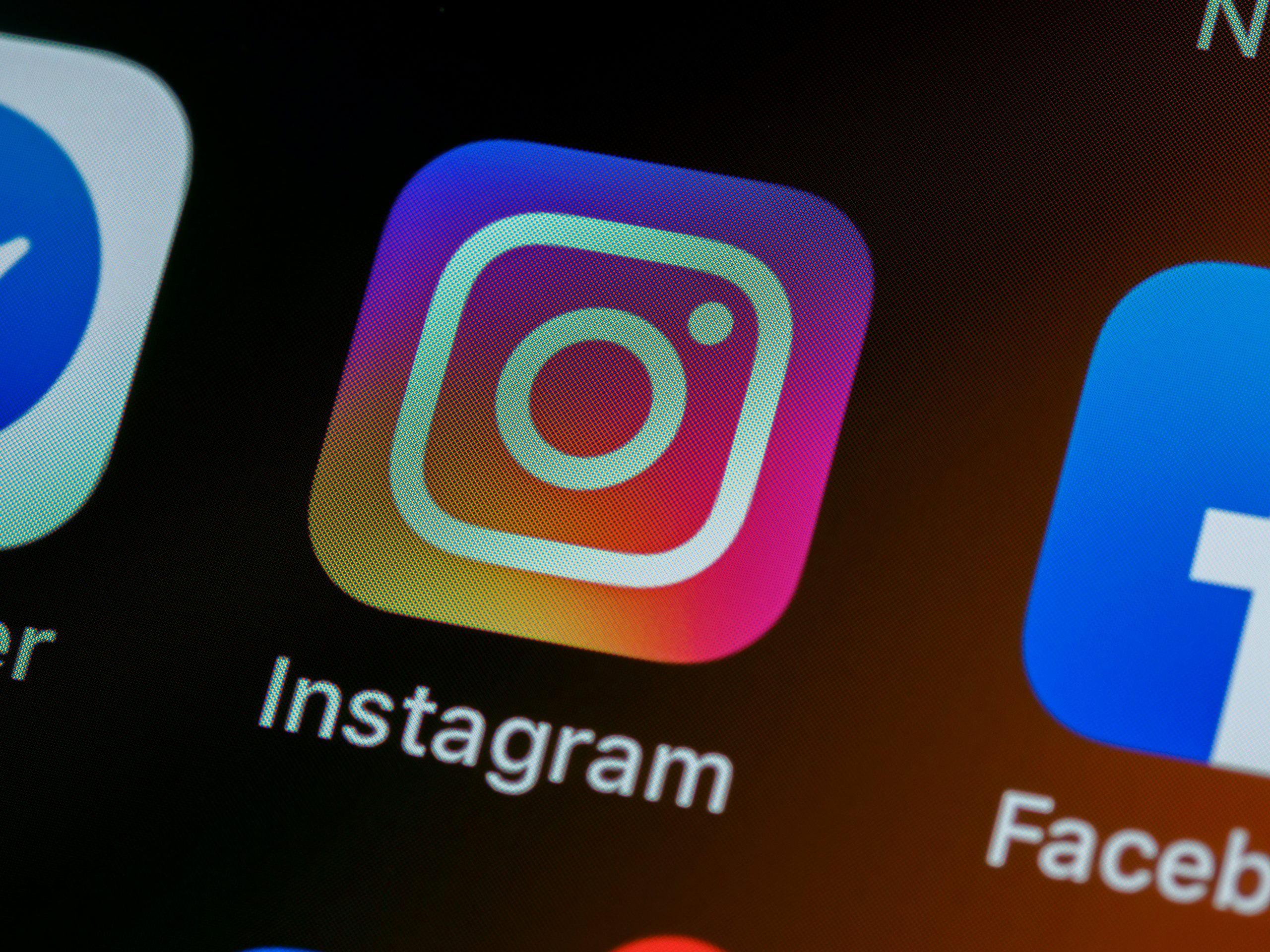Known as a visual-first social media platform, Instagram is largely regarded as the app for brands to target a younger audience.
Related: Instagram vs. Snapchat vs. TikTok: Which is better to reach teenagers?
About 76 percent of the app’s users in the U.S. are younger than 44, with 59 percent of those users 30 or younger, according to Hootsuite.
But nothing is an automatic win on Instagram. What challenges do brands face?
Below is a roundup of both opportunities and challenges for brands on Instagram.
Opportunity #1: Increase your brand visibility
From strategic visual content to the potential boost for search engine optimization (SEO), Instagram can help your brand increase its visibility.
Especially if you see the value in reaching a younger-than-44 audience, Instagram shouldn’t be a question.
The key is that you have a purposeful Instagram strategy from the beginning to increase your discoverability (hashtag use) and engage your target audience (great visual content).
Don’t overthink it, though. How can you tell your brand’s story that adds value to your followers’ lives?
Instagram challenge #1: No post-scheduling option on the app
Don’t get us wrong. Real-time posting on social media has benefits of its own.
However, when it comes to consistent posting with a strategic visual strategy, posting when you have a spare moment in real time isn’t realistic.
Fortunately, there are a number of third-party platforms that can help with scheduling, including such tools as Hootsuite, Buffer and Iconosquare.
Beyond just the convenience of scheduling, any one of these tools can help you optimize your posting for the best times for your audience.
Instagram opportunity #2: The functionality of shoppable posts
Before the end of 2017, the link on your Instagram profile was the only unpaid way to direct traffic to your website.
This was a particular hurdle for retailers. But with the release of shoppable tags, retailers could suddenly position their Instagram accounts as visual storefronts.
Shoppable tags are a form of buy-direct content. By adding a product tag to an image and linking to the webpage for that product, users are able to quickly and easily navigate to that product on your site and potentially make a purchase. It’s an entirely organic (unpaid) opportunity.
Using shoppable tags does require a few steps that your business must take before applying for approval through Instagram itself.
Once set up, a shopping bag icon will display in the corner of each shoppable image post, and after you have created nine shoppable posts, a shop tab will appear on your profile that lets users browse all your shoppable posts in one place.
The opportunity here is a real one where your Instagram account can become a valuable sales tool. Several businesses have seen a direct increase in sales because of shoppable Instagram posts.
Challenge #2: Your audience might not be on Instagram
Instagram can be a “shiny toy,” for sure. It’s the primary home of many social influencers, popular brands and even smaller brands that have unlocked the potential of building an engaged community that directly increases their sales.
But before you create that Instagram account (or double down your investment of time and money on an existing account), ask yourself: Is this where my audience is?
We know that Instagram is used by an overall younger audience on average. So, if you’re a financial investment firm targeting soon-to-be-retirees, is Instagram the place to be? Probably not.
Don’t join a social media platform just to be there. Understand the audience, come up with a goal and then execute a strategic plan to hit that goal.
It’s OK if your time and money are spent on a different platform that your target audience actually is using.
Opportunity #3: Better engagement
That’s right! Instagram generates better engagement rates on average than any other social media platform.
In fact, the average engagement rate for branded posts on Instagram is 4.3 percent (compare that with .15 percent on Facebook).
But better engagement isn’t just a feel-good metric. It can directly boost your ROI (return on investment) for Instagram.
Engagement is a key component to building your brand and online community. In the end, successful engagement helps converts leads to customers and customers to loyal brand advocates.
Instagram challenge #3: Doing everything on a small screen
This easily could be the biggest challenge many brands face.
Mobile apps are convenient, but when it comes to juggling multiple accounts, posting quality visuals in line with a thoughtful strategy and/or responding to possibly hundreds of comments, small screens can quickly become a headache (and a hindrance to your success).
The bad news? Instagram likes it that way. Users are very limited with what they can do on the desktop version of the site.
The good news? Third-party tools can come to the rescue again!
We already mentioned Hootsuite, Buffer and Iconosquare for scheduling, and there are a number of features in these tools (and other tools) that make just about every function on Instagram that much easier.
Think of it this way: You spend time editing an image on your professional software, and rather than sending it to your smartphone, you can upload and post from that same computer. Then, you can check a stream of comments that you can respond to and glance at your analytics report for that week or month (or even year).
When it comes to Instagram, the key to success is to understand the challenges and how you can overcome them to share your authentic brand story that will grow an engaged following. The opportunities are there for success, but Instagram is not a one-size-fits-all social media platform.

